What does Sasha daikon look like and how to grow it?
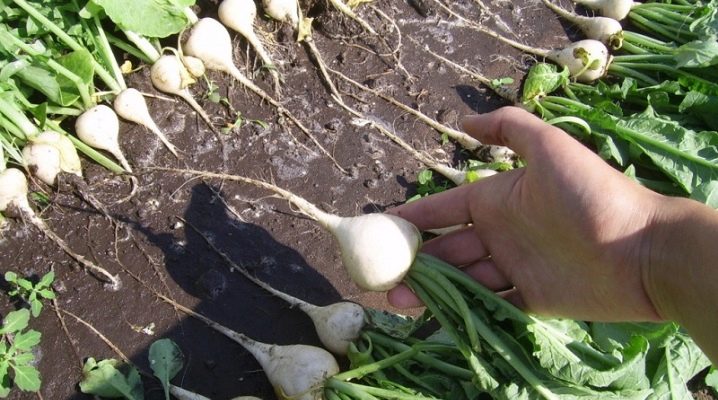
Daikon "Sasha" is a large white root vegetable, it is also called an oriental radish. The variety is a subspecies of sowing radish, belongs to the cabbage family. The vegetable was bred in a domestic research institute and named after the famous breeder Alexander Agapov. The tasty and juicy fruit of the Sasha radish deserves to be grown in our beds and get on our dinner table.
general description
Daikon, unlike sowing radish, does not contain mustard oils, so it is not too spicy, sweetish, very juicy, crunchy, and has a pleasant taste. The aroma of the fruit is not sharp, of medium moderation. The root crop can be oblong, like a carrot, or round, with a long tail, this option resembles a radish in appearance. The skin of the fruit is dense, white, with a delicate yellowish tinge. The pulp is juicy, with a homogeneous elastic structure. The leaves of a deep green color, covered with a light down, have a length of 30 to 60 cm.
The culture is early ripening, from the moment of germination to the time of harvest, no more than 40 days pass. Root seeds can remain viable for up to 8 years. Daikon "Sasha" provides several harvests per year. Each root vegetable weighs from 200 to 400 g, the diameter of a radish can be 5-10 cm. The fruit sits in the ground by half, the other half is visible on the surface.

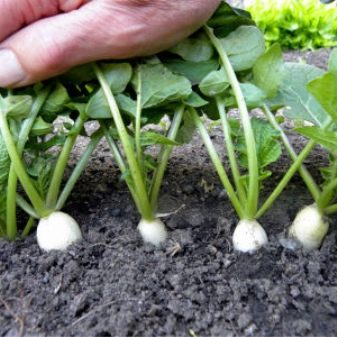
Preparing for landing
Daikon is planted by seedlings or seed method. In either case, the seeds are treated in the same way. Before planting, you need to choose a place and prepare the soil.
Seat selection
Radish loves moderate humidity, if the groundwater in the area is too close, you should choose a place on a hill, otherwise excess moisture will lead to decay of root crops. When choosing a place to plant, you need to pay attention to the previous plants. Radish grows well after tomatoes, cucumbers, legumes, herbs, zucchini, potatoes.
Do not plant daikons in the beds where other types of radish used to grow, as well as radishes, cabbage, turnips, rutabagas, since they have the same preferences in minerals and the same pests.
Sometimes radish seeds are planted between the rows of onions, it scares away insects with its smell and shades young shoots, preventing them from dying under the sun. By the time the roots grow, the onions have already been harvested.
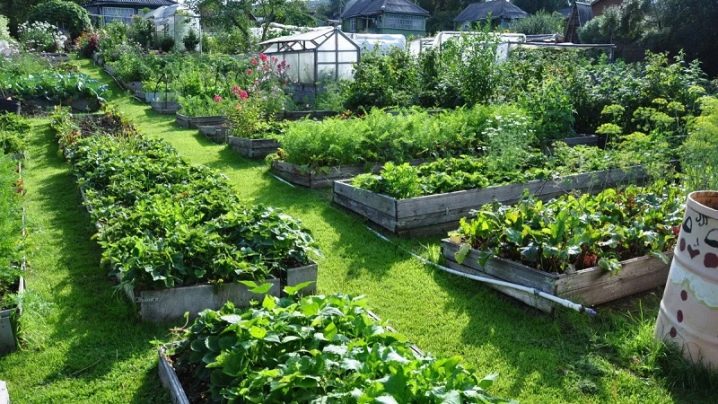
Soil preparation
Daikons need fertile loamy, well loosened soil with neutral acidity. On heavy clay and acidic soils, the radish cannot be harvested. The site is being prepared for planting as follows.
- Organic fertilizers are applied to the soil a week before sowing. Add 15 g of potassium, 10 g of urea and 30 g of superphosphate to a bucket of compost and old manure. This rate is calculated for 1 sq. m area.
- Before planting, the soil should be well dug up, the radish grows better in fluffy soil.
- Then break and level the surface with a rake. Root crops partially come to the surface, and large unbroken clods will interfere with them.
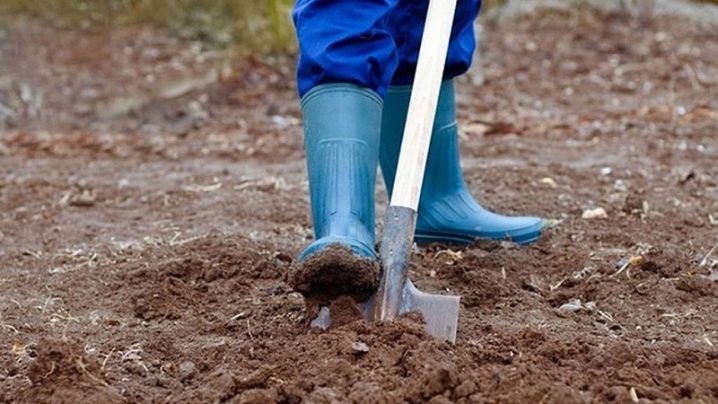
Seed preparation
Sometimes producers supply already processed seeds, which are marked on the package. If there is no such information, then you need to work on the planting material yourself. The algorithm of actions is as follows.
- To obtain large root crops, the seeds must be calibrated, the largest and highest quality selected.
- To disinfect the material, it is soaked in a weak manganese solution for 30 minutes.
- A 15-minute procedure will help to awaken the seeds in hot water (50 degrees), and then in cold (10 degrees).
- For good germination, the planting material is left in a growth stimulator overnight. You can use drugs such as Kornevin, Zircon, Etamon, Super Root.
- Before planting, the seeds should be hardened by placing them on a damp cloth and sending them to the refrigerator for a couple of days.
- 2-3 days before planting, the seeds should be allowed to hatch. They are placed back on a damp cloth and left in a warm place. It is necessary to ensure that the fabric does not dry out during the entire period.
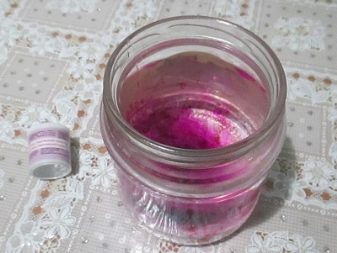
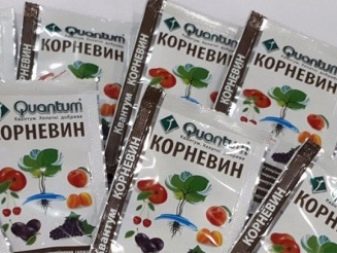
When and how to plant correctly?
Variety "Sasha" does not belong to capricious plants, but it also has its own preferences, which should be taken into account when cultivating this crop,
Boarding time
The right timing for planting seeds or seedlings is one of the factors to ensure a rich harvest in the future. The timing depends on the climatic conditions of each region. It should be borne in mind that the daikon "Sasha" variety is early ripening, it will take less than one and a half months for its growth and ripening. Therefore, the culture can be planted several times per season - in spring and summer, until mid-August. The warmer the region, the more time favorable for planting and ripening of root crops.
- In the northern regions, radish is planted once a year - in June.
- In the very south, you can start sowing from the first days of April, and manage to get a few more harvests, harvesting fruits almost until frost.
- For central Russia, the best periods for planting the Sasha daikon will be from April 25 to May 5 and from July 20 to July 30.
Planting too late leads to flowering of the stem and woodiness of the fruit. The deformation of the root crop also occurs when there is a noticeable difference between day and night temperatures, which happens in spring, so summer crops are more productive.

Planting by seeds
It is necessary to organize a garden bed no more than a meter wide, so that there is free access to root crops from both sides. After preparing the soil in the garden, it is necessary to make grooves with a depth of 2-3 cm. The row spacing should be 30 cm. The germinated seeds are placed in the grooves with a step of 4-5 cm. Then the grooves are sprinkled with earth and watered.
With timely watering, the first shoots can be expected in a week. After 2-3 leaves are formed on them, it is necessary to start thinning. In a row, leave 1 of the strongest sprout for every 10 cm.This space should be enough for the formation of a root crop.

Planting seedlings
Before planting in open ground, seedlings are grown in shallow containers or in peat cups, which will eventually dissolve in the earthen layer of the garden bed. Seeds are planted fully prepared for planting and hatched. The container is first installed in a warm place, and when shoots appear, they are taken out into a room with a temperature regime of 12-18 degrees.
Variety "Sasha" tolerates picking well, but it is easier for a plant to take root if it gets into open ground together with a related clod of earth. For these purposes, it is still more convenient to grow seedlings in peat or paper cups. To plant ready-made seedlings in open ground, you need to arrange a bed and mark the rows. Then dig holes to the depth of a peat glass, keeping a distance of 10-15 cm between them. Insert a plant with related soil into each hole, level the ground and moisten it.
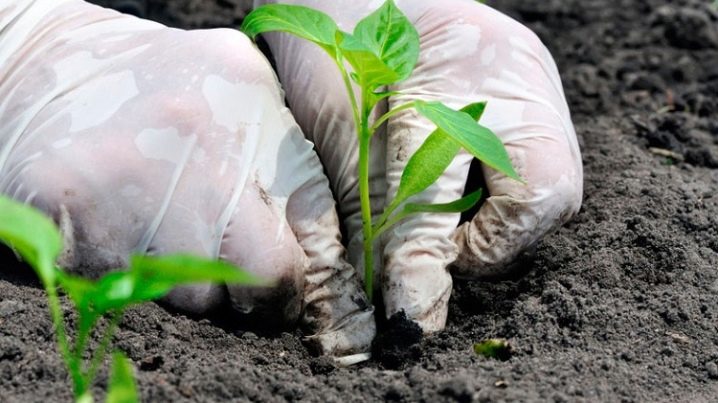
Care
Young shoots of Sasha daikon are thermophilic. If the temperature drops below +10 degrees at night, the bed should be covered with cellophane wrap or agrofiber. The rest of the care is not much different from the cultivation of most crops. Variety "Sasha" develops well in moist soil, but you should not constantly flood root crops with water, they will start to rot. There is another extreme, if after heavy rains a dry period begins, it is better not to delay watering.
As soon as the soil dries up, the bed should be moistened immediately, the radish does not tolerate unstable irrigation. After each watering or rain, the soil should be loosened and hilled. It is necessary to monitor the weeds, in places where it is difficult to cultivate, the grass is pulled up by hand.
As for feeding, some gardeners do it once per growing season so as not to accumulate nitrates in root crops.

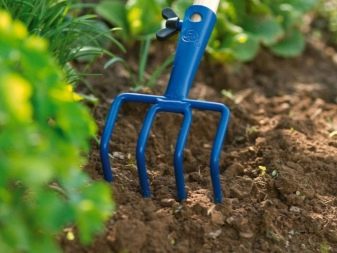
Diseases and pests
The "Sasha" variety is infrequently exposed to diseases, but some of them can attack the plant.
- The root crop affected by the mosaic should be burned, the soil should be disinfected.
- When a cruciferous flea appears, it is not recommended to use insecticides; it is better to shower the affected areas with a mixture of tobacco dust and ash.
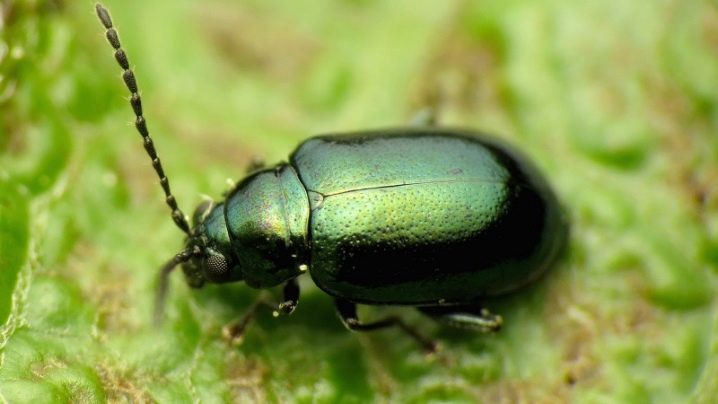
Harvesting and storage
The crop from the very late planting should be harvested before frost, the first frosts worsen the quality of the fruit. It is more convenient to do this after rain, when the soil is slightly dry. Root crops are easier to extract from soft soil.
Daikon "Sasha" belongs to table varieties, it tastes great, but is not intended for long-term storage. It should be eaten within 2-3 weeks. It will last for several months in the refrigerator, but the juiciness of the root crop will gradually decrease.














The comment was sent successfully.